Largest FRP-Made Ship
The Japanese Maritime Self-Defense Force (JMSDF) is known for having one of the most skilled minesweeping units, cultivating its capability by clearing countless sea mines dropped during WW2, as well as experiencing firsthand minesweeping operations during the Korean War and the Gulf War.
Among the various minesweepers operated by such navy, the “Awaji-class” is the latest batch, with a total of 9 vessels being built since 2017.
- General Overview
| Displacement | 690 tons (standard) |
| Length | 66.8m (219ft) |
| Beam | 11m (36ft) |
| Crew | 54 people |
| Speed | 14 knots (26km/h, 16mph) |
| Equipment | 20mm cannon×1 Mine Clearing Equipment Unmanned Submersibles Self-Propelled Explosives |
| Unit Cost | 100 million USD |
The Awaji-class minesweepers follow the previous Enoshima-class as a JMSDF vessel made of fiber-reinforced plastic (FRP), though its size makes it one of the largest FRP ships in the world.
This FRP material allows the ship to avoid triggering naval mines that detect magnetic signals while offering better durability and lighter weight compared to wooden hulls.
As the latest minesweeper, the Awaji-class is quite well-equipped, featuring a remotely operated 20mm cannon for direct disposal, as well as a full set of conventional mine-clearing equipment.
It also comes with a new sonar and radar system, both of which are capable of detecting mines laid under or near the surface. Underwater drones and larger unmanned submersibles have been added to the arsenal, thereby allowing longer and deeper missions for searching mines.
These unmanned vehicles utilize a newly developed high-performance explosive, which is actually remotely operated and self-propelled, reducing the risk of damaging the expensive submersibles upon clearance.
Using these new minesweeping gear, the Awaji-class is expected to boost the already impressive JMSDF’s minesweeping capacity.
Diversifying The Fleet
Interestingly, JMSDF considers the Awaji-class different from previous minesweepers, at least in terms of classification.
Whereas the Enoshima-class was categorized as the usual minesweeper, the Awaji-class is regarded to be one class above, though the distinction is subtle and only made definition-wise.
The boundaries are vague, since there is no real difference between the Awaji-class and previous models in their roles, making the classification virtually meaningless.
If one were to come up with a difference, perhaps it would be the Awaji-class focusing one deeper waters while the slightly smaller Enoshima-class takes on mines placed in shallow areas.
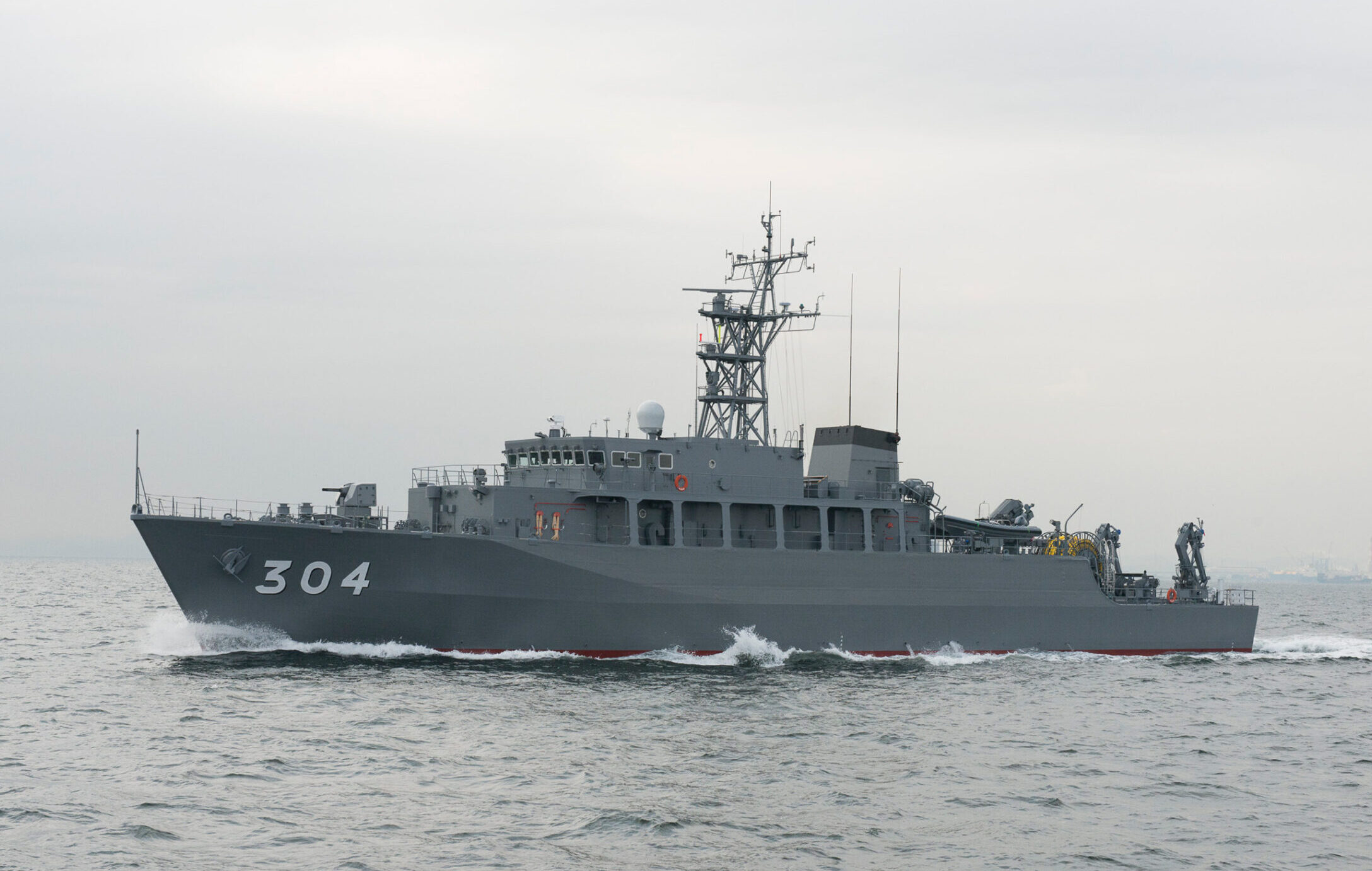 Awaji-class minesweeper (photo: JMSDF)
Awaji-class minesweeper (photo: JMSDF)
On the other hand, the distinction between the Awaji-class and the Uraga-class mine countermeasures ships is evident, as the latter has much greater size and capability, including mine-laying capacity, replenishment functions and medical facilities.
This makes Japan’s minesweeping fleet quite diverse, including small minesweepers, large mine countermeasure ships and the Awaji-class in between.
Recently, this mixture has been further updated with the addition of the Mogami-class frigates which possess mine warfare capabilities as well.


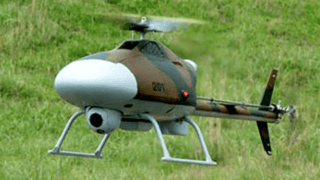
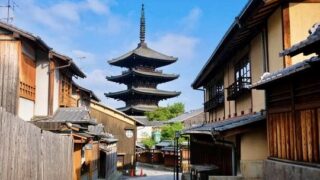
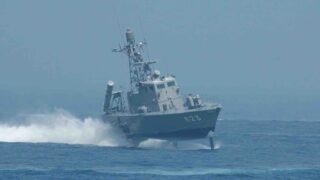
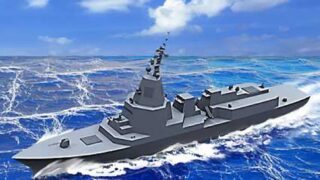

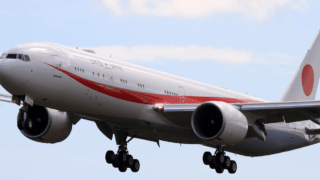
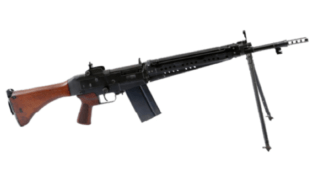
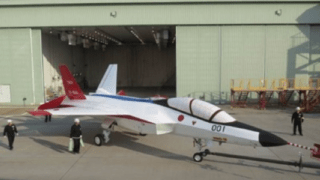
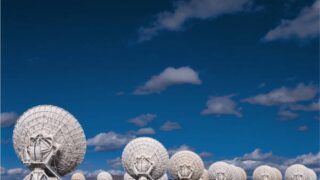
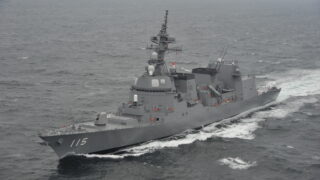

-320x180.jpg)
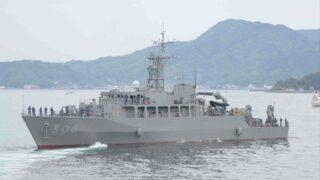
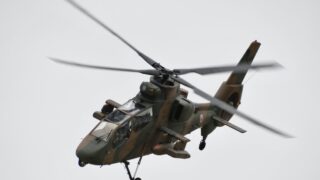
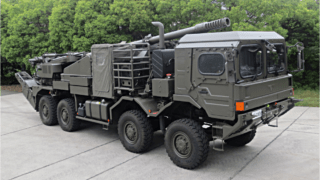
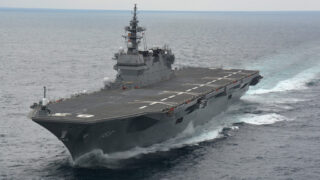
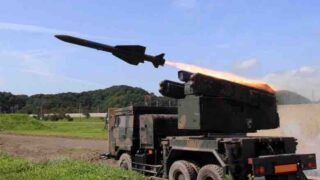
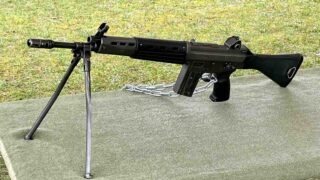
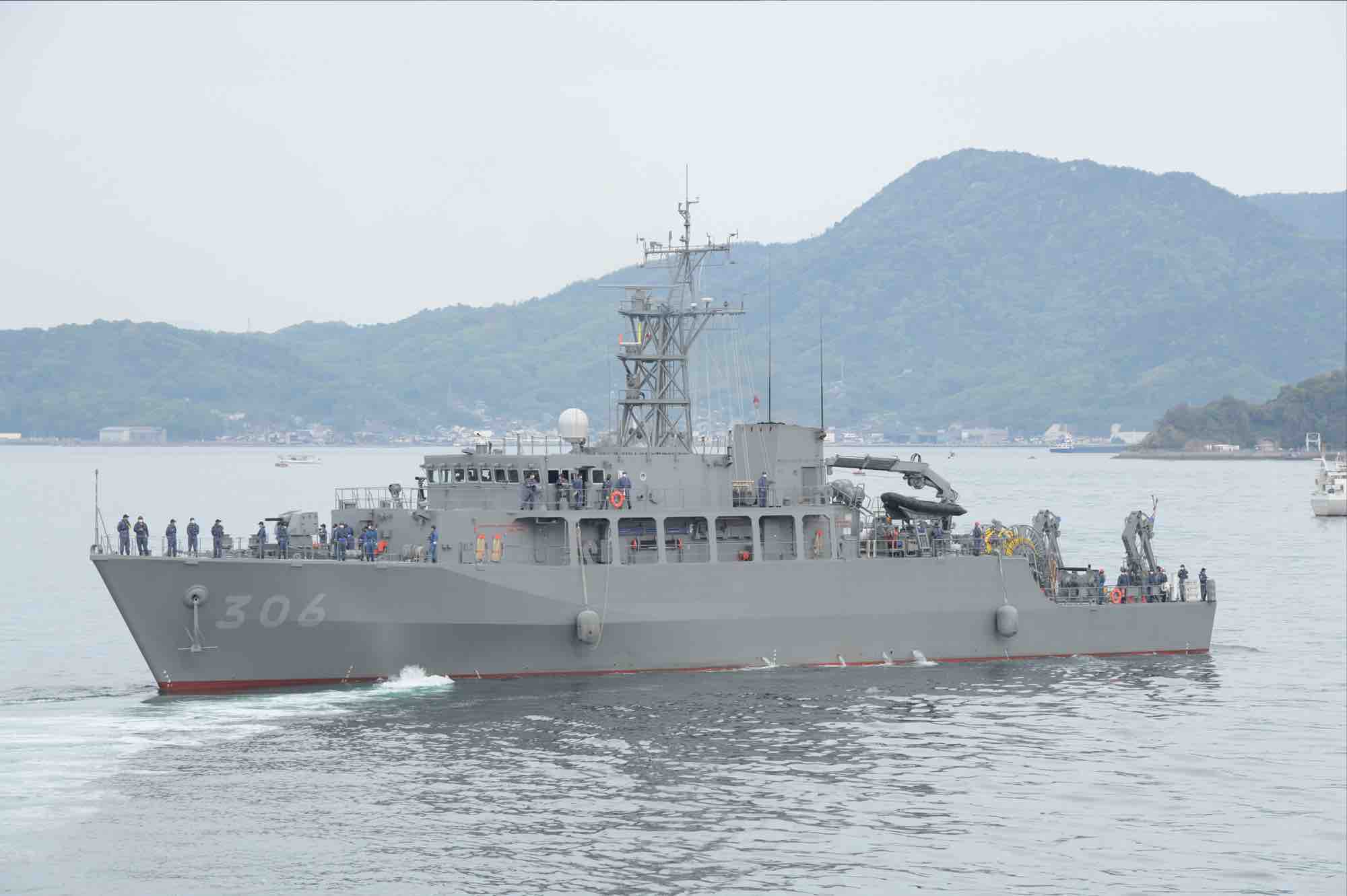
Comments